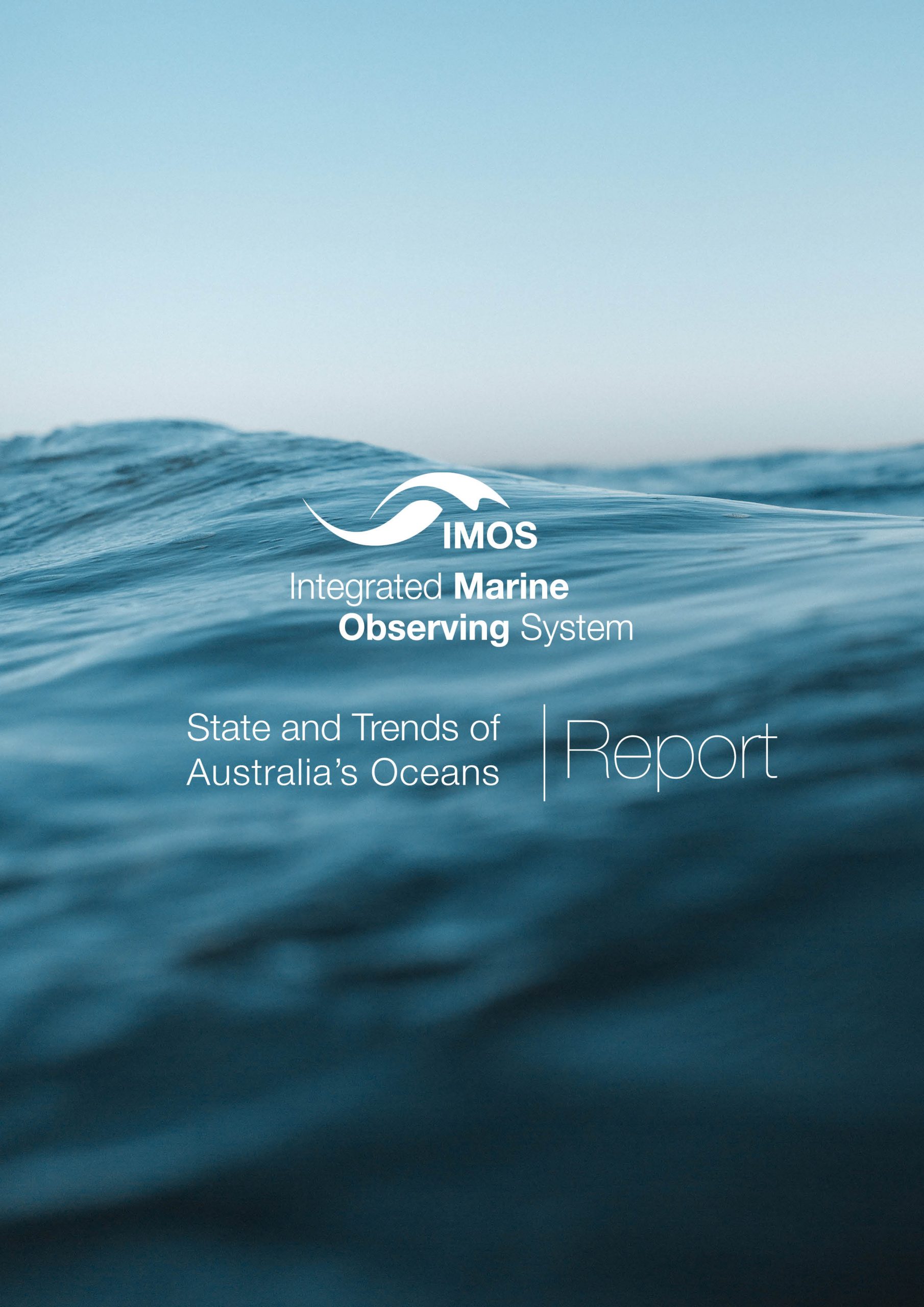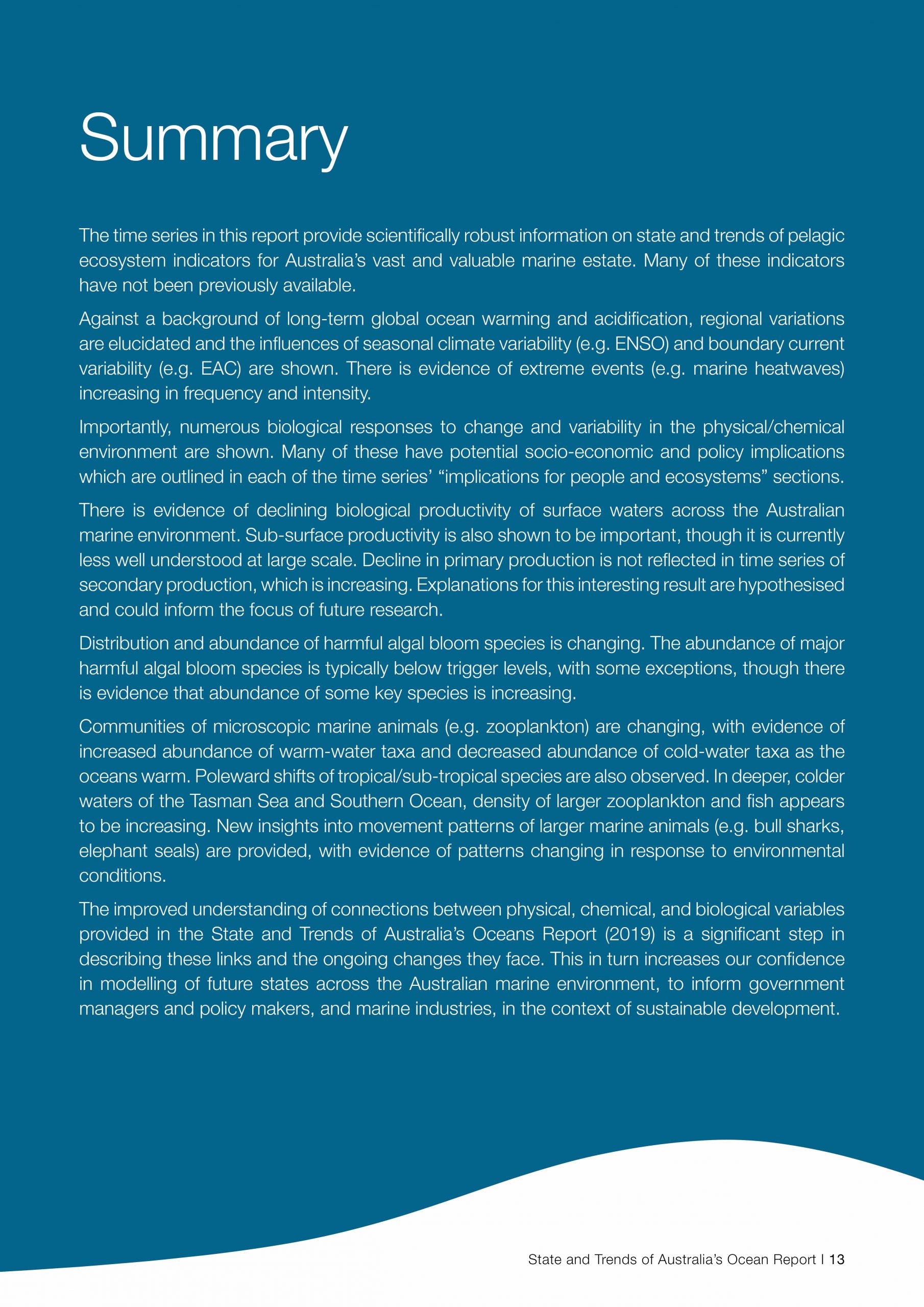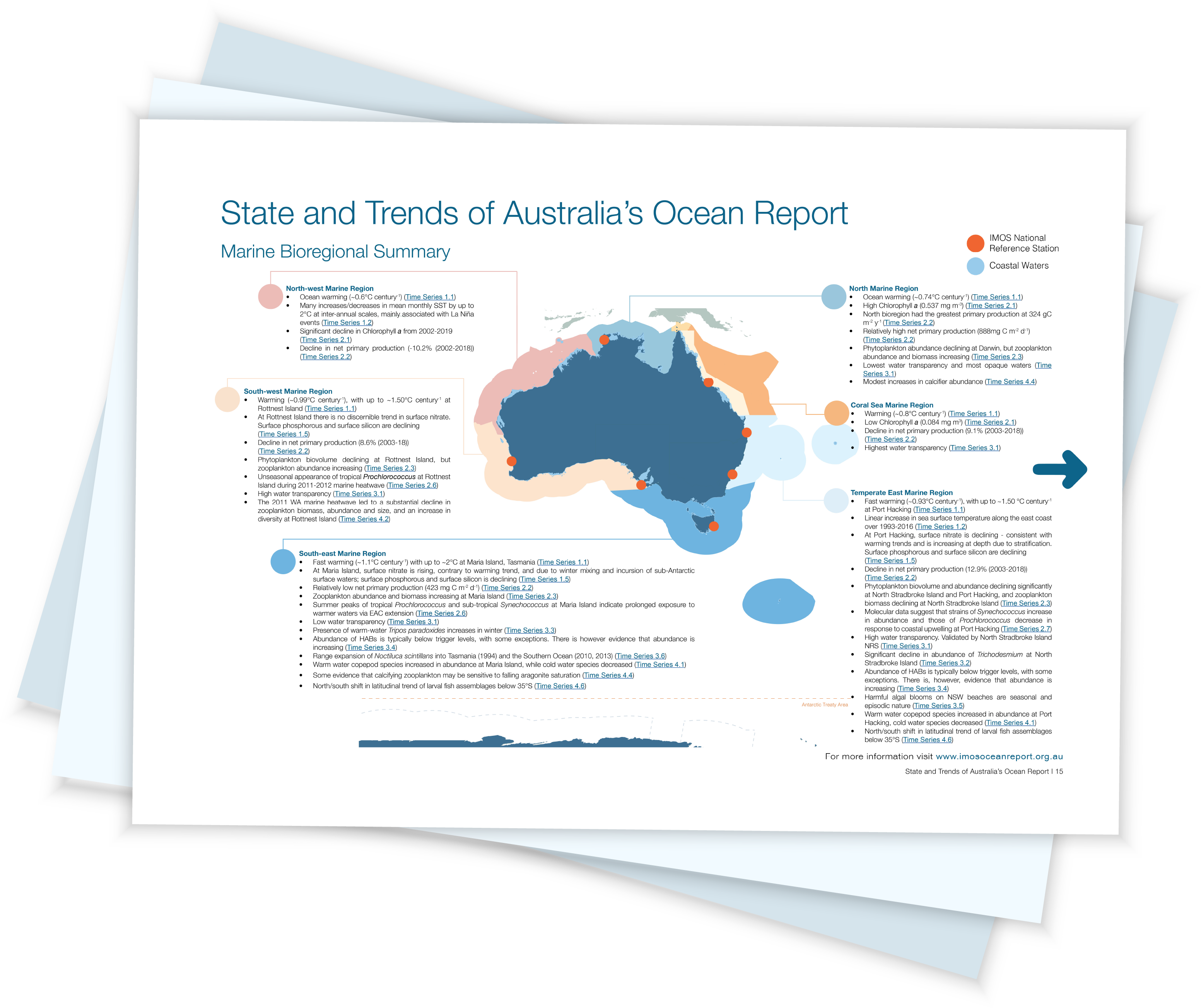Rationale
Marine assessments are important tools for examining the state and trends of marine systems at regional, national, and global scales. The most robust assessments are data-driven and underpinned by time series of internationally accepted ecosystem indicators, based on measurement of physical, chemical, and biological variables. The collating, synthesising, and reporting of meaningful indicators of marine ecosystem health provides information in a clear way to a broad, and often non-scientific audience.
The Integrated Marine Observing System (IMOS) is uniquely positioned to provide time series data that can underpin assessments of Australia’s vast and valuable marine estate (see boxed text).
The national State of the Environment Report, global World Ocean Assessment, and regional Great Barrier Reef Outlook Report are examples of regular reporting and assessment tools that require time series data collected at the scale of IMOS. The State and Trends of Australia’s Oceans Report (2019) is intended to provide a baseline for contribution to all such marine assessments into the future.
It is not the role of IMOS to undertake marine assessments. The role of IMOS as a national research infrastructure is to build large datasets and long time series for use and reuse. The process to produce this report is designed to ensure that datasets and time series available within Australia are organised, analysed, and interpreted so that they can be used in relevant assessment and reporting processes as required. Making our datasets and time series ‘assessment ready’ is part of the IMOS strategy to plan for impact. This includes data collected by IMOS facilities as well as additional data contributed by partners through the Australian Ocean Data Network (AODN).
Key Aims
The goal of the State and Trends of Australia's Oceans Report aims to be relevant to national, global, and regional marine assessments and therefore useful to the scientific community, government managers and policy makers, and marine industries. The intention has been to establish a process that is repeatable and efficient, and a process that can be timed to feed into future assessment and reporting cycles and take advantage of new data and methods as they become available.
The Process
The process to develop this report involved over 70 scientists from across 16 institutions working with available datasets, mostly of ten years length or longer. New analyses were undertaken to produce scientifically robust information about the state and trends of ecosystem indicators relevant to the Australian marine environment and its bioregions.
All the time series used are of variables in the water column of the ocean, known as the pelagic zone. Before IMOS was established there was no systematic and sustained collection of data in the pelagic zone of Australia’s marine environment, limiting our ability to understand the state and trends of key ecosystem indicators. The 2019 report begins to address this huge gap. No variables from the seafloor (benthic zone) are included in this report, though an expanded scope could be considered in the future.
The report contains succinct documents (of 4-6 pages) for each time series that are written in a common format by a group of subject matter experts. There is a Rationale and a section on Implications for people and ecosystems. The analysis Methods used are explained. Results and Interpretation are provided through a combination of brief narratives and downloadable graphs and maps. Data Sources are acknowledged, and References to relevant scientific literature are provided. Each time series document has been assigned its own digital object identifier (DOI).
Time series themes
A total of 27 time series datasets are included in the State and Trends of Australia’s Oceans Report (2019) and grouped into four themes.
The four themes were not predetermined at the start of the process. Identification of the 27 time series included in the 2019 report was inevitably based on availability of data and willingness of subject matter experts to make time available for analysis. As the editorial team went through the process of synthesising outputs into a single report this four-theme structure emerged. Different thematic structures could evolve in response to user and stakeholder feedback.
Overview of the Report
The 27 time series have brought together a plethora of information from around Australia. This section summarises the main findings from the time series by marine bioregion and other regional areas.
You can download a version of this map by clicking here, or on the image to the right.
The next steps
The State and Trends of Australia’s Oceans Report (2019) is a pilot product.
The concept emerged from within the IMOS community, and preparation of the report has been facilitated through one-off funding of an IMOS Task Team.
It is envisaged that updates of the State and Trends of Australia’s Oceans Report would be produced every two years, on a biennial cycle, timed to optimise potential for contribution to major reports and assessments carried out regularly at national, regional and global scales.
Feedback on the first report from the Australian marine management and policy communities is therefore critical to determining next steps. The provision of feedback on this report will be facilitated by the IMOS Office, and stakeholders are encouraged to engage in helping to develop the concept.
For example, the next Australian State of the Environment (SoE) Report will cover the five-year period from 2017 to 2021. Whether or not data and analysis from the State and Trends of Australia’s Oceans Report series are used in SoE 2021 will provide one indication of utility.
The large team of over 70 scientists involved in preparing the report found it an interesting and useful process. Many lessons were learnt along the way and any future reports will benefit from this experience. We are confident that the resources required to produce these reports on a routine basis could be marshalled if there is sufficient user and stakeholder demand for the product.
Download the State and Trends of Australia's Ocean Report
Citing the report:
Richardson A.J, Eriksen R, Moltmann T, Hodgson-Johnston I, Wallis J.R. (2020). State and Trends of Australia’s Ocean Report, Integrated Marine Observing System (IMOS).




